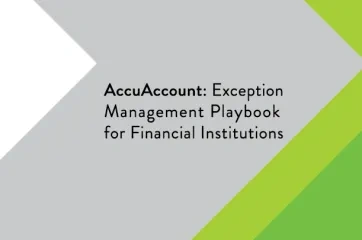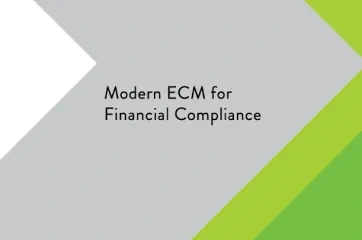Loan Imaging
Loan imaging is the process of leveraging technology to scan paper loan documents onto a computer or network repository and then organizing the electronic files. Loan imaging provides numerous benefits to banks and credit unions, such as providing instant access to the digitized documents and requiring less storage space for hard copies.
Consumer vs. Commercial
Financial institutions use loan imaging for both consumer and commercial loans. Consumer loan documents that are commonly scanned and indexed with loan imaging technology include:
- Loan applications
- Promissory notes
- Proof of insurance documents
Commercial loans are often more complex than consumer loans, involving more paperwork and ongoing tracking. Documents commonly found in an electronic commercial loan file are:
- Loan applications
- Loan approvals
- Promissory notes
- Closing documents
- Loan agreements
- Financials (e.g., tax returns, bank statements)
- Credit reports
- Title/deed of trust
- Insurance documents
- Flood determinations and/or flood insurance
Loan Imaging System Options
Financial institutions usually employ one of three loan imaging approaches:
Network drive – Some banks and credit unions scan loan documents and then save them in an account holder-specific folder on the network drive. In this situation, exceptions may be tracked manually (usually in a spreadsheet). Drawbacks to this method include clerical errors on electronic file names and documents that are inadvertently omitted from scanning.
Core banking system – Core banking systems often provide document imaging add-on modules, but their capabilities may be limited when managing complex commercial loans—especially for tracking exceptions.
Third-party loan imaging solutions – Tools like AccuAccount integrate with the core and are specifically designed for loan imaging and exception tracking. Prebuilt loan types provide a framework for imaging and saving digital files, which saves time and reduces the chance for data entry errors. Built-in tracking and reporting of missing, upcoming, and expired items elevates efficiency.
Loan Imaging Resources
Looking for more information about core-integrated loan imaging tools? Check out AccuAccount for comprehensive commercial loan imaging, exception tracking, and file storage.
Browse our banking definitions page for more terminology.







